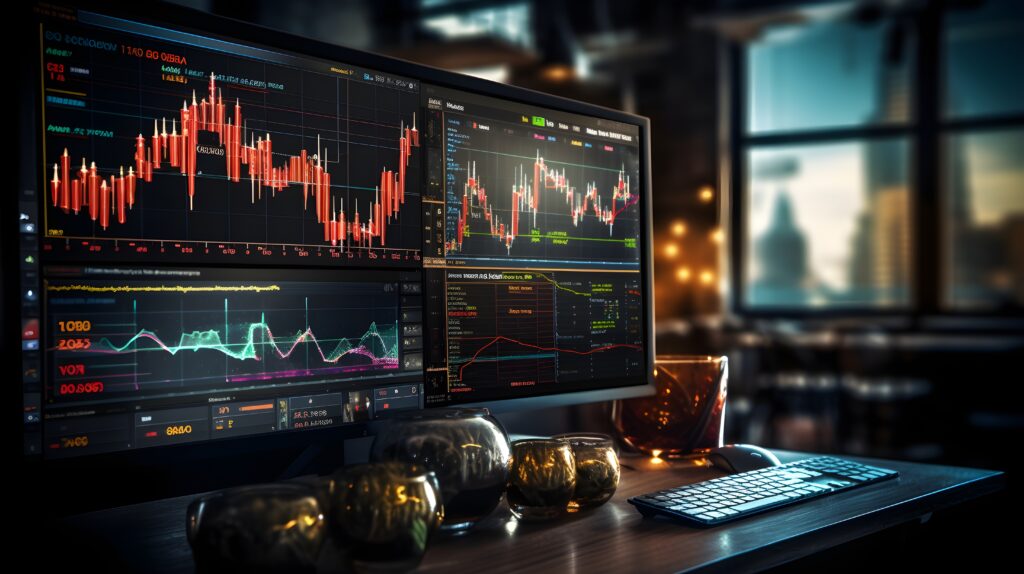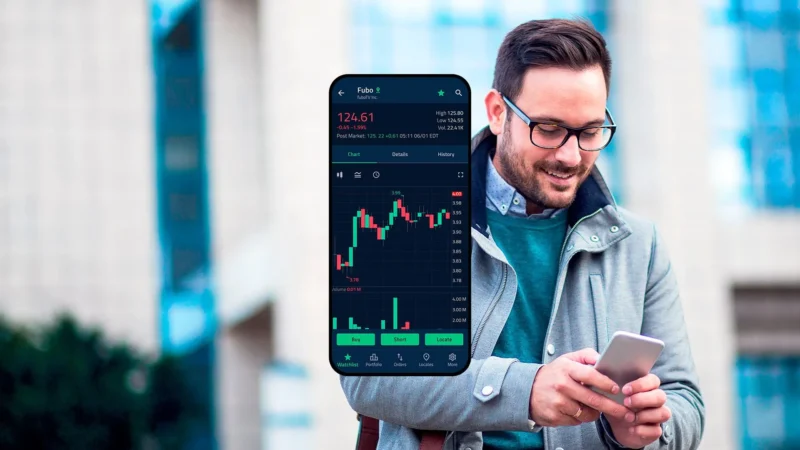In the fast-paced world of financial trading, the allure of auto trading software promises a tantalizing blend of convenience and profit potential. Imagine a scenario where algorithms execute trades on your behalf, analyzing market trends and making split-second decisions—no human error, no emotional turmoil.
But is it really as simple as it sounds? As more and more investors flock to these automated systems, questions abound: Can they genuinely generate wealth? Or do they carry hidden pitfalls that could lead to devastating losses? This article delves into the truth behind auto trading software, exploring the mechanisms at play, the real-life experiences of users, and the fine line between opportunity and risk. Buckle up as we navigate the complexities of this intriguing technological phenomenon.
Introduction to Auto Trading Software

In the rapidly evolving world of finance, automated trading software has surged in popularity, capturing the imaginations of both novice and seasoned investors alike. But what exactly is automated trading software? At its core, it refers to sophisticated algorithms and programs that automatically execute trades on your behalf, often leveraging complex data sets and market indicators.
This technology promises not only to streamline the trading process but also to enhance profitability by capitalizing on fleeting market opportunities that human traders might miss. However, as enticing as it sounds, the question remains: can these systems genuinely deliver on their promises? In this exploration, we’ll delve into the mechanics, potential benefits, and inherent risks of automated trading software, unraveling the truth behind the hype as many seek to answer the burning question – is it a pathway to financial freedom or merely an illusion?
How Auto Trading Software Works

Auto trading software operates by utilizing sophisticated algorithms to analyze market data and execute trades automatically based on pre-defined criteria. At its core, these systems sift through vast amounts of historical and real-time data to identify potential trading opportunities, often faster than any human trader could.
They leverage complex mathematical models and numerous indicators to forecast price movements, thus providing a level of precision that is hard to attain manually. But it’s not just about speed; the software is designed to adapt to changing market conditions, continuously refining its strategies to optimize performance.
This blend of technology and trading knowledge allows users to engage with the market around the clock, capitalizing on fluctuations that may only last for mere moments. However, the question remains: can such a mechanized approach truly yield profits? The answer, as many investors discover, is not as straightforward as one might hope.
Types of Auto Trading Strategies
Auto trading strategies come in various forms, each designed to cater to different trading styles and market conditions. One common approach is trend following, where algorithms analyze historical price movements to identify and exploit sustained upward or downward trends.
In contrast, mean reversion strategies operate on the premise that prices tend to revert to their averages, prompting the software to buy low and sell high, capitalizing on perceived market inefficiencies. Arbitrage strategies focus on exploiting price discrepancies between different markets or instruments, requiring swift execution and precision.
Additionally, sentiment analysis strategies employ advanced algorithms to gauge market sentiment through news articles and social media, aiming to predict price movements based on collective investor behavior. Each of these strategies carries its own risk-reward profile and requires careful consideration, leaving traders to choose the one that aligns best with their financial goals and risk tolerance.
Conclusion

In conclusion, while automated trading software presents an appealing opportunity for those looking to capitalize on market movements without constant manual intervention, it is essential to approach this tool with a healthy degree of skepticism. The potential for profitability exists, but it is crucial to understand the underlying risks and limitations associated with algorithm-driven trading.
Success in the financial markets requires diligence, market knowledge, and often, a human touch to navigate the complexities of trading strategies. Ultimately, whether automated trading software proves to be a profitable venture depends on individual circumstances, ongoing education, and the ability to adapt to an ever-changing market landscape.


